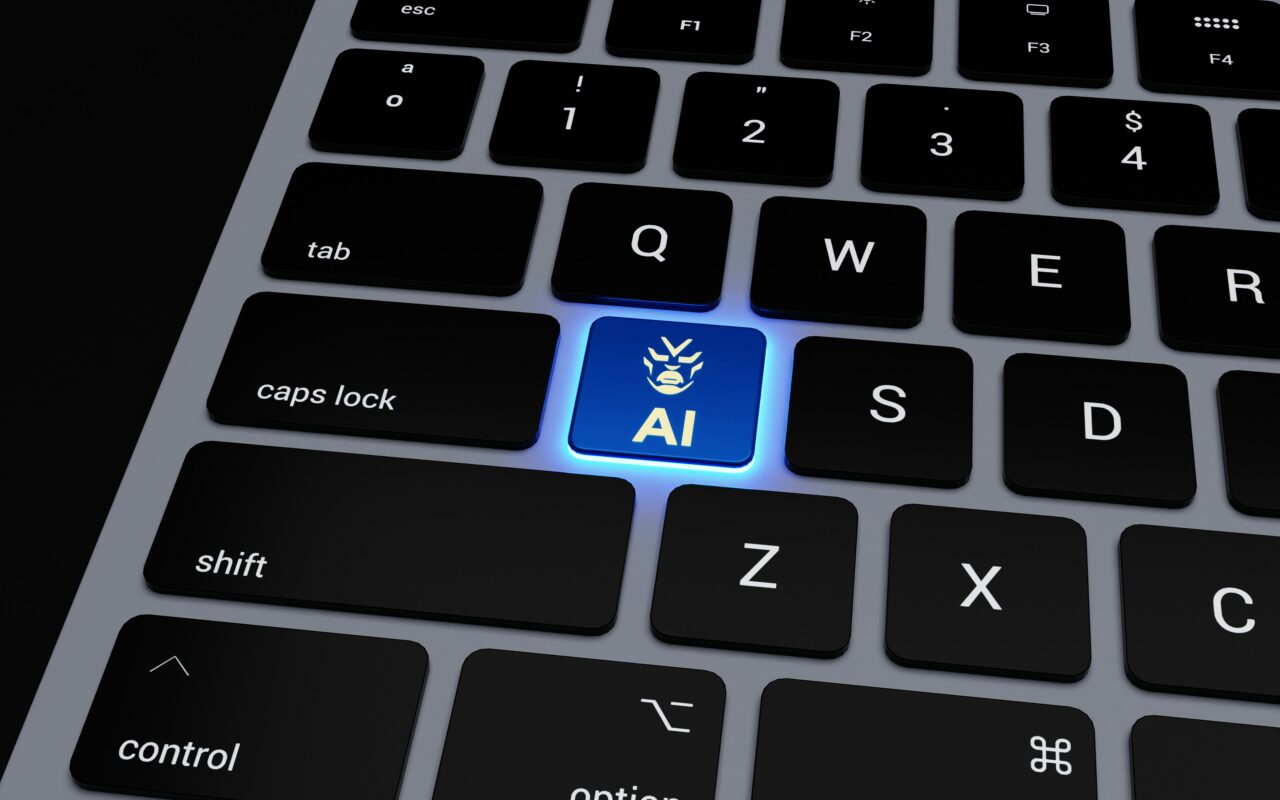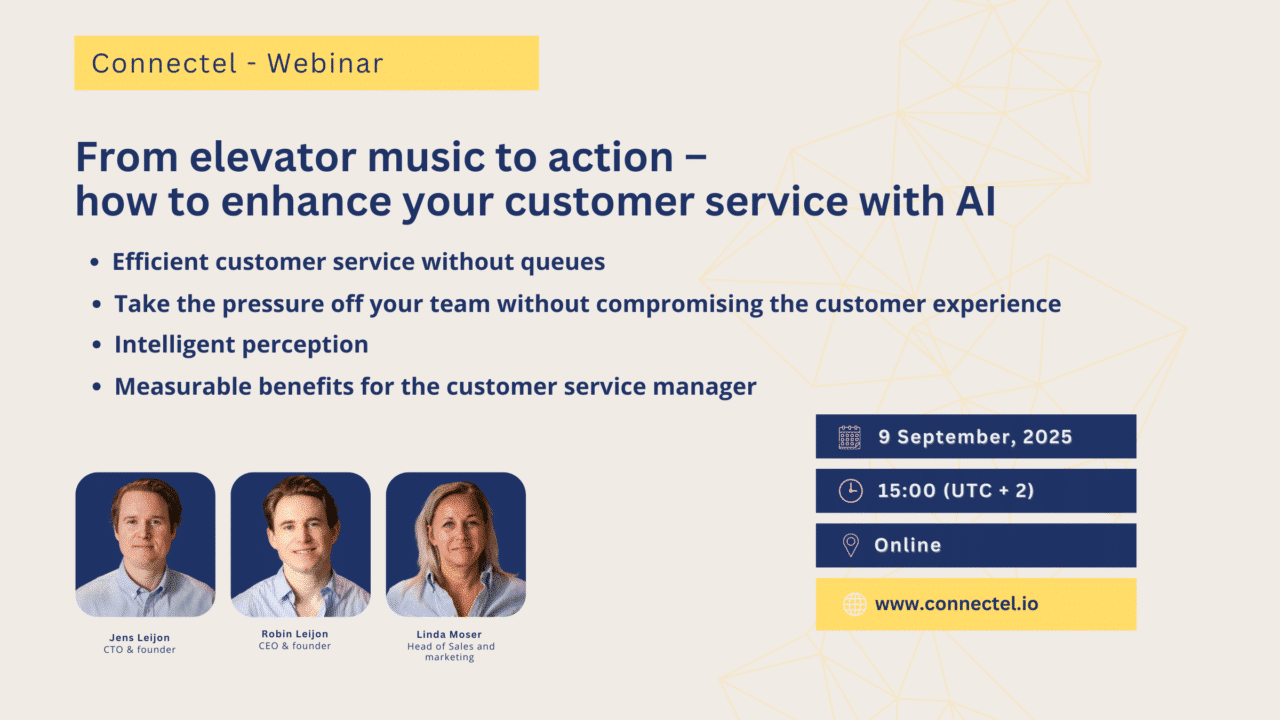
The future of AI in customer service
Striking the right balance between automation and human touch
Looking at the future of AI in customer service, it’s no longer just a trend but a strategic necessity for many companies. However, a recent Gartner survey revealed that 64% of customers would prefer that companies avoid using AI for service. This statistic may seem surprising, given the amount of buzz surrounding artificial intelligence and automation. But it reminds us about a fundamental truth: customers want solutions, not tools.
While automation can deliver great value in certain scenarios, it is not a one-size-fits-all solution. So ask yourself, who are you implementing AI for?
Take time to understand the customer journey
Before turning to AI for every touchpoint and interaction, you have to have a deep understanding of the customer journey. Every interaction in this journey has its own context, emotions, and needs, which means the right tool must be chosen for the right moment.
AI can be an incredible asset, particularly when dealing with transactional tasks—checking account balances, answering simple questions, or processing orders. Artificial intelligence is perfect for these types of interactions, delivering value to customers who simply want a quick resolution.
However, as the complexity of the interaction increases, so does the need for empathy. In cases where speed is not what defines good services, experience and empathy need to take over. This is why it’s vital for businesses to recognize when it’s time to shift from an automated process to a human touch.
So how do you switch from offering tools to offering solutions? How do you successfully combine technology and people to create great customer experiences?
The key to customer satisfaction is seamlessness
Who hasn’t been in contact with customer service, and been transferred between either people, teams or even companies?
And who hasn’t had to repeat the entire story at every single interaction?
One of the biggest frustrations customers face is being forced to repeat themselves. When a bot is unable to solve a ticket, transferring the case to a human is necessary. The key to customer satisfaction however, is seamlessness. This means more than just sending the ticket to someone in your team; it involves transferring all the relevant data, including the information the customer has already provided—issue descriptions, prior chat logs, documents, or photos.
Nothing deteriorates customer satisfaction faster than having to explain the same problem twice (or three, four, five times). A smooth, informed transition between AI and human employees helps prevent this friction, showing customers that the company values their time and attention. This blend of AI efficiency and human empathy becomes a key driver of customer loyalty.
Speed vs. experience – when is AI the best choice?
Sometimes, a good experience is defined by getting the quickest answer possible. Sometimes, AI’s ability to provide an immediate response, even if it’s a partial one, can help set the right expectations and begin solving the issue outside business hours. In this scenario, AI doesn’t necessarily need to solve the entire problem—it just needs to get the ball rolling.
Imagine a customer has an issue late at night. If AI can handle the first steps of the process, by gathering essential information or initiating a support ticket, the customer will know help is on the way and the ticket is available for your team when they get to work the next morning.
At other times, speed is not the only metric that matters. For more complex or sensitive issues, customers often seek reassurance, empathy and expertise, which only a human can provide. In these cases, AI’s role should be supportive, rather than leading, helping your team sort through data and information, providing your team with the resources they need in order to deliver a more informed and personalized response.
The trick is how you combine technology and empathy to create great customer experiences. How do you strike this balance, you ask?
The right tools for the right job
Ultimately, success in customer service comes from choosing the right tools for each stage of the customer journey. Technology can be an essential part of that toolkit, but it should never be used without considering the service experience from the customers point of view. Design a customer journey that adapts to the situation, not one that forces the customer to adapt to the technology.
Automation and artificial intelligence are here to stay, but its effectiveness depends on how seamlessly it integrates with your team and how you use these tools. By keeping the customers best interest at heart and valuing the customer experience you can combine technology and people to create meaningful, efficient, and ultimately great customer experiences.


